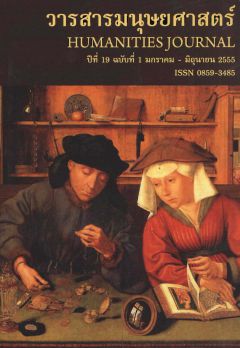An Investigation on Figurative Language Employed in English Advertisements in In-flight Magazines
Main Article Content
Abstract
The main objectives of the study are: 1) to identify the types of figurative language employed in English ads in in-flight magazines; and 2) to analyze the roles played by different types of figurative language in certain categories of English ads found in in-flight magazines. Based on the main theoretical frameworks of McQuarrie and Mick (1996), Thorn (2008), and Wells, Moriarty, and Burnett (2006), content analysis (Berg, 2004; and Coffey and Atkinson, 1996) was mainly employed in this qualitative study. 172 ads with the employment of figurative language found in Sawasdee and Fah Thai in-flight magazines were analyzed.
The findings revealed that five common types of figurative language were alliteration, metaphor, parison, personification, and rhetorical questions. The most popular types of figurative language for writing headlines and body texts were alliteration and metaphor, whereas alliteration and parison seemed to be fashionable for creating slogans.
Considering the employment of figurative language in connection with advertising components, these five common types in headlines could gain more attention from the readers. In body texts, they could make the readers know, understand, imagine about the selling points advertised, and stimulate decision making. Finally, they could make slogans more memorable. In addition, regarding the relation between the employment of these five common types and advertising categories, the most two popular types, namely alliteration and metaphor, were commonly found in three main types of products: ‘travel/hotel’, ‘real estate/home’, and ‘airline/airline service and promotion’. These five types of figurative language were obviously seen to promote the themes of ‘privacy’, ‘comfort, relaxation, and happiness’, ‘natural surroundings’, and ‘introducing/guaranteeing products’.
In sum, figurative language appeared to be an effective tool in advertising. To illustrate, these five common types shared similar roles to successfully convey the message objectives in advertising including creating perception, delivering/developing cognition, creating affection, and stimulating readers’ behaviors in consuming the products.


